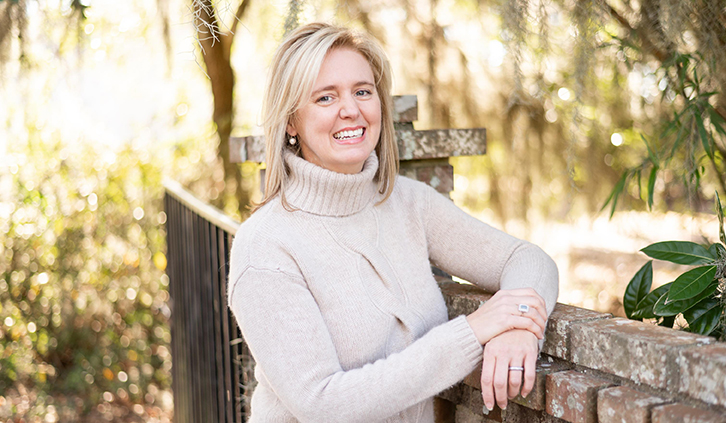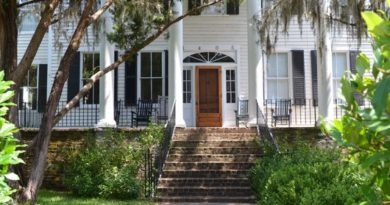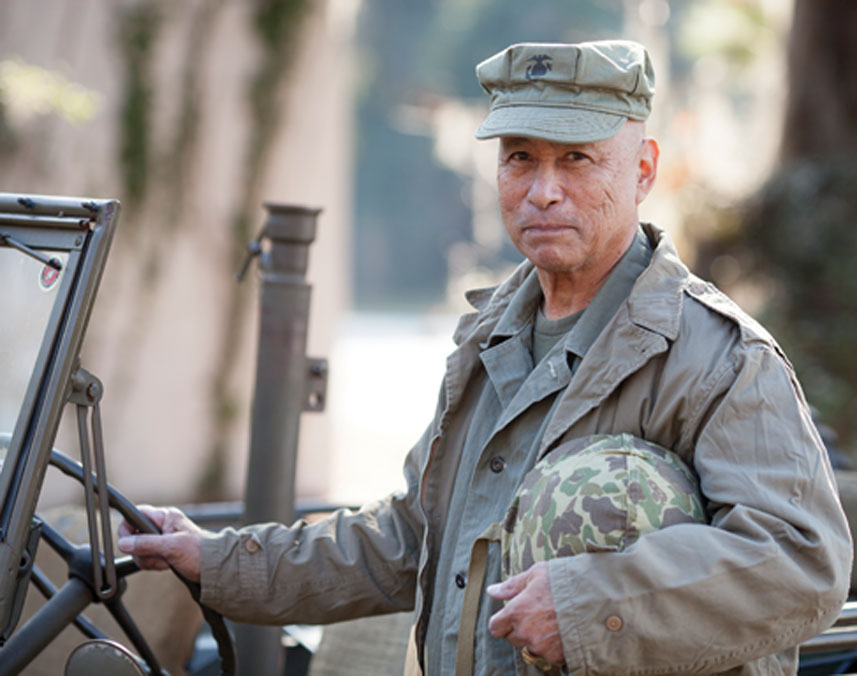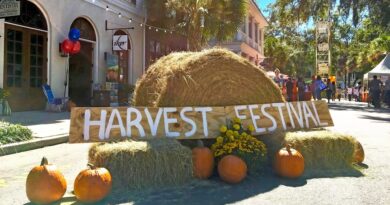Amanda Salas
Forensic Psychiatrist Stays Grounded In Beaufort
story by JEANNE REYNOLDS photos by CHARLOTTE BERKELEY
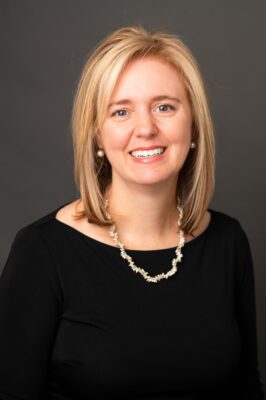 The most challenging two years of Dr. Amanda Salas’ life weren’t during the rigors of her medical training, internships, or residencies — but they may have paved the way for her to get into medical school in the first place and her career as a forensic psychiatrist.
The most challenging two years of Dr. Amanda Salas’ life weren’t during the rigors of her medical training, internships, or residencies — but they may have paved the way for her to get into medical school in the first place and her career as a forensic psychiatrist.
Amanda grew up in the small Clarendon County town of Manning, South Carolina, where she excelled in school. That led to acceptance at the prestigious SC Governor’s School for Science and Mathematics in Hartsville, a two-year residential high school for students in 11th and 12th grades — and a rude awakening.
“It was eye-opening,” Amanda recalls. “It was so hard. I went from the top of my class to the bottom. A couple of other students and I were holding up the top tier — we were the shoulders the giants stood on. My ‘splinter skills’ are my social skills, but you don’t get graded on that. I got a 47% on my first science test, and my mother was a science teacher, so she was mad. On the next test, I got 49%, then 63%. That still wasn’t passing by any math calculations, but I was so excited because I improved.”
After that experience, she says college was easy. With her sights set on a career as a psychiatrist, she earned a bachelor of science degree with honors in biology from Presbyterian College in Clinton, South Carolina, and then began applying to medical schools.
“I already learned I wasn’t the sharpest tool in the shed, but you didn’t have to be to become a doctor. There’s a saying, ‘C equals M.D.’ So I thought, ‘I can do that. Now, how am I going to get in?’ I surrounded myself with peers from the Governor’s School, did practice interviews, and learned what you needed to do to get into medical school. One interviewer asked about my MCAT (Medical College Admission Test) score. I don’t do well on standardized tests, but I pointed out that the purpose of the MCAT was to demonstrate my ability to pass the medical board exams, and my score showed I could. We moved on to the next question.”
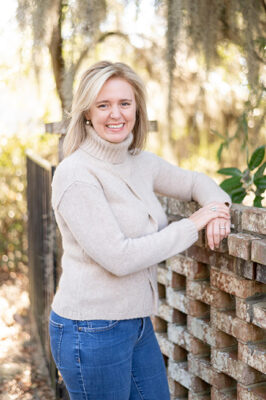 Checking that box led to Amanda’s acceptance at her first-choice school, the University of South Carolina School of Medicine in Columbia. An internship, psychiatry residency, and a child psychiatry fellowship at the Medical College of Georgia in Augusta followed, and then a fellowship in forensic psychiatry at Palmetto Health in Columbia.
Checking that box led to Amanda’s acceptance at her first-choice school, the University of South Carolina School of Medicine in Columbia. An internship, psychiatry residency, and a child psychiatry fellowship at the Medical College of Georgia in Augusta followed, and then a fellowship in forensic psychiatry at Palmetto Health in Columbia.
Amanda says she knew she wanted to keep her feet grounded in South Carolina, so during her Augusta residencies, she bought a home in Aiken, about 16 miles away. It was there she met her husband, restauranteur Oscar Salas. The couple married in 2009 and then came to visit Beaufort. It was love at first sight — or “cue the dolphins,” as Oscar puts it — and they’ve never left.
FOLLOWING A PATH TO FORENSICS
While in training, Amanda worked many jobs moonlighting to learn the systems in which mental health services are provided. But she identifies her first “real job” as coming in 2010 when she worked as a staff psychiatrist at Beaufort Memorial Hospital, providing general, and child and adolescent psychiatric services to the community. Clinical and administrative positions at Beaufort-Jasper-Hampton Comprehensive Health Services, Wright Directions Family Services in Ridgeland, Colleton Medical Center in Walterboro, and the Behavioral Health Center at Self Regional Healthcare in Greenwood followed — all while growing a practice in forensic psychiatry.
“Delivery of medicine is only part of mental health,” Amanda explains. “The challenging part is bridging the gaps between systems that don’t communicate with each other. Points of service sit in silos. The only way to figure out how to bridge those gaps is to immerse yourself in the systems. I knew I could learn the medical side of mental health, but how could I learn how to access points of care? For me, I moonlighted all over, working more in after-hour jobs than in my residencies. I was on call 20 to 22 nights of the month. I lived, breathed, ate, and slept in the mental health systems.”
Amanda gave up her administrative positions when she and Oscar started their family, which now includes James Henry, 7, and Jack, 2. But her passion for and interests in forensic psychiatry continue to grow.
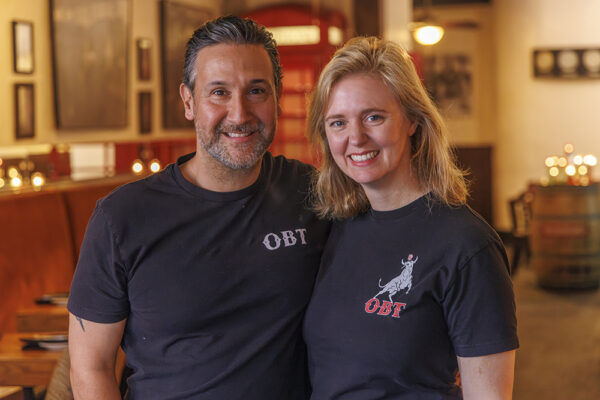
photo by Paul Nurnberg
“Forensics may be interviewing a person charged with a crime and evaluating his or her mental competency and criminal responsibility,” she says. “Or it could be assessing damages in a civil suit.” Cases she might be called in to evaluate could include an assessment of a juvenile’s capacity to stand trial, the influence of psychosis on one’s criminal responsibility, or someone who suffered a head injury and then got involved with methamphetamines.
“I interview people trying to understand their personal narrative, their life story. I try to understand someone from their life events. In the world of forensics, you put their narrative into the science and then the dynamics of the legal issue to see if it makes sense. Sometimes it does, and sometimes it doesn’t. At the end of the day, I apply psychiatric knowledge in an effort to answer a legal question. That information goes back to an attorney or court. I don’t know how a case will turn out. But I’ve learned this: If your defense rests on mental illness, you’re in a precarious situation. If the case hinges on testimony from a forensic psychiatrist, you’re not in a good legal posture.”
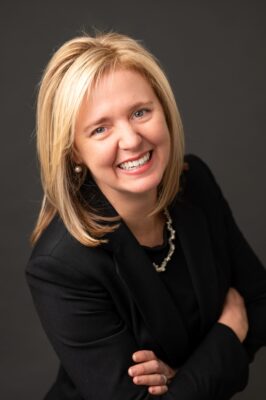 Amanda identifies part of the problem as a poor understanding by many in the legal system of the difference between “not guilty by reason of insanity” and “guilty but mentally ill.” The former is likely to send someone to a mental hospital for treatment, while the latter sends someone to prison.
Amanda identifies part of the problem as a poor understanding by many in the legal system of the difference between “not guilty by reason of insanity” and “guilty but mentally ill.” The former is likely to send someone to a mental hospital for treatment, while the latter sends someone to prison.
“My opinion is just my opinion. The judge and jury have the hardest job, deciding a verdict that deeply affects somebody’s life.”
GIVING A FAMILY A VOICE
Perhaps Amanda’s most high-profile — and personally meaningful — case involved a crime committed decades before she was born. George Stinney, a 14-year-old African-American boy, was charged with the murders of two white girls near Amanda’s hometown of Manning in 1944. He confessed to the crimes in an undocumented interrogation by two white police officers, and despite the lack of physical or DNA evidence and no witnesses, Stinney was convicted in a two-hour trial and sentenced to death. He became the youngest person executed in the United States in the 20th century.
Then, in 2014, the case was reopened with a request to vacate the guilty verdict. Amanda was called in to testify with just three weeks to prepare and barely two years of forensics experience at that point.
“I had to apply science to identify if George gave a false confession,” she said. “He was a very small, immature boy for his age, and his interrogation by two white officers wasn’t recorded.”
In addition, Amanda says the judge hearing the case questioned the timing: Why now? Stinney had been dead for 70 years; his brother, who was initially detained with Stinney but later released on a dirt road after being beaten by officers, was dead; and his parents were both dead.
“Because it doesn’t matter to the family how long ago it was,” Amanda says. “They had two children taken from them, they had to flee their home in the middle of the night to avoid lynching. Their jobs were gone. One child was executed by the State. There was no safety net for them. You can’t give back what that family wanted, but at last they had a voice.”
And a long-overdue victory of sorts: The judge ruled Stinney’s prosecution had “fundamental, Constitutional violations of due process” and vacated the conviction.
STAYING GROUNDED
It’s not unusual to spot Amanda and her sons at Oscar’s popular downtown restaurant, Old Bull Tavern, especially on Wednesday family nights. In fact, she says just “hanging out with the kids” is one of her favorite ways to spend her precious free time. She also enjoys yoga and meditation, and “I can’t wait to have our backyard done, so I can dig in the dirt and plant flowers again. Those are the things that ground me.”
Amanda adds the type of grounding she experiences in her work may not be as fun and relaxing, but it’s no less important.
“I keep my perspective grounded in truth, in scientific principles, and apply that information to where the rubber meets the road for each individual I assess. Giving testimony is my least favorite part of my job, but I do it the best that I can. That’s important to me.”

